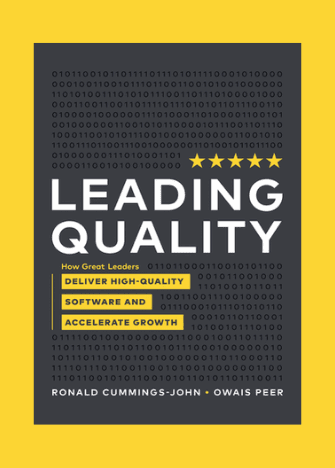Moses Eniola is a QA Software Tester with three years of experience in quality-assuring different websites and applications manually. He has helped in finding relevant content and visual bugs, engaged in many test cases for cycles, and took part in Usability Suggestions Tasks.
He’s a year three student of the Department of Linguistics, University of Ibadan with three years of experience in translation, language annotations, and sentence generation (both in English and Yoruba).
A software test engineer is a specialist who decides how to design a procedure that would most effectively test a specific software product. In the present world, there is a strong demand for QA testers because digital products like software, web platforms, and online games are developing so quickly.
Companies look for QA engineers to verify whether or not these improvements, which are quick and many, function as intended. Many IT professionals are selecting the route of software QA training to begin a career as a manual tester due to the increase in demand and the fact that the skills necessary to be a software quality assurance engineer are not difficult. Software testing can be done in two main ways: manually and automatically.
The main point of emphasis in this article will be manual testing training. For a software tester to fully comprehend the needs or goals of software development, he or she must engage in a lot of communication with software developers and other teams. He begins his work to determine whether the software is operating properly once he has a thorough understanding of the requirements. Regression, performance, functional, load, and other sorts of testing are only a few examples.
Although these phrases may be unfamiliar to newcomers, they all serve the same purpose—improving the performance of software—in the end.
Companies are looking for QA test engineers, however, they are having performance issues because they lack several necessary abilities. Let’s go over a few key competencies needed to become a manual test engineer:
1. Attitude toward growth and learning: People often suggest that when preparing to begin manual testing training, you should maintain a positive mindset. You must have the mentality to break down a complex process into its component elements, explain each one, and offer suggestions for any enhancements that might be conceivable. The fact remains that, the software development process moves quickly in the field of software engineering, and this rapid growth has led to the creation of numerous innovative testing methods. As a result, a tester needs to keep up with the latest technology and testing techniques. Setting clear expectations for what success will look like when planning goals is crucial.
What will it be like to reach the objective? What is the expected reward? Why is success important? What does success entail? By providing answers to all of these questions, you can learn how to maintain a positive outlook and be reminded of the advantages you have coming your way.
2. Writing test cases: How well you write a test case will determine how accurate it is. The most typical and widely used tool for writing test cases is a spreadsheet, however many businesses now use test management solutions for this reason. The need to maintain strong communication between the business analyst team and the development team. Because it enables you to perform both positive and negative tests, this ability is crucial for you to develop before beginning a career as a manual tester. A successful test indicates that the desired outcome should be produced for each valid or accurate input. Additionally, a negative test implies that there should be an error for any incorrect or invalid input.
3. Thinking skills: The software development cycle involves testing, which is not as simple as it would seem. Before enrolling in QA training, a professional needs to possess the analytical and logical abilities required to complete testing tasks. An effective solution can only be produced by a QA tester who has a thorough understanding of the overall problem before setting up the appropriate test methodology. You can break down a large problem into smaller ones and comprehend each one’s implications with analytical skills.
4. Knowledge of the business model: Any software application or product has a specific and well-defined business model guiding its development. After the program has been produced, a tester begins to examine technical features, but to accomplish his work properly, he must first comprehend real-world business circumstances and map them while testing. As a result, you need to be able to fully comprehend business models. User stories and their interactions with the system serve as the foundation for each system’s development. Knowing how users interact with the system and how it responds can help you properly test all of the software’s functionalities.
5. Computer program life cycle: People interested in taking software QA training should have a solid understanding of the Software Development Life Cycle (SDLC). You can use this information to gain insight into the broader software development process, which will help you deal with a variety of difficult testing problems. To put it another way, one needs a comprehensive, in-depth grasp of the software process lifecycle to conduct the testing task effectively and quickly. A tester can acquire enough knowledge during the whole process of gathering requirements, from design and development to product testing, to fully comprehend the context in which a product is developed.
This article is the sole responsibility of the author. By submitting their work to our blog, authors affirm that the content is original and does not violate any copyrights or intellectual property rights of third parties.







